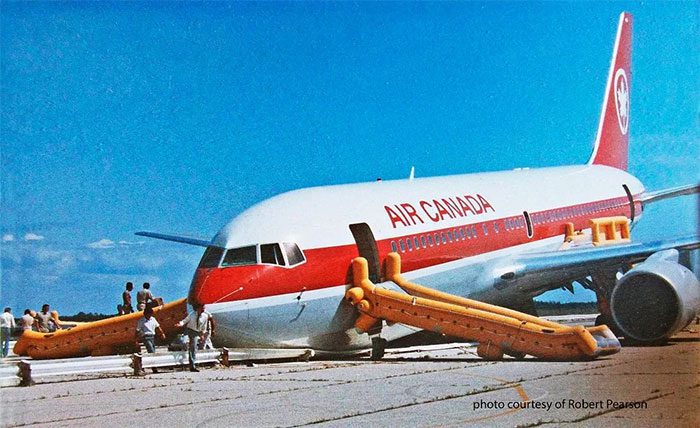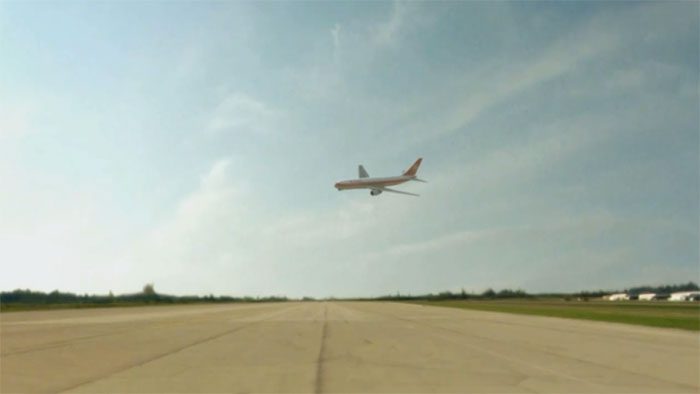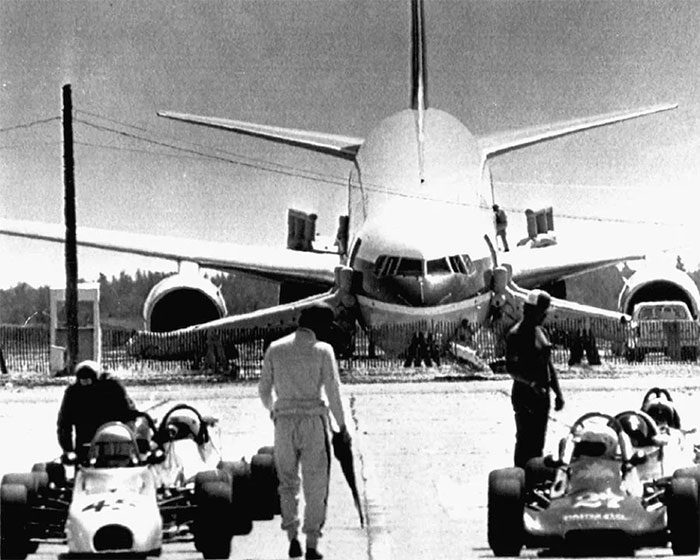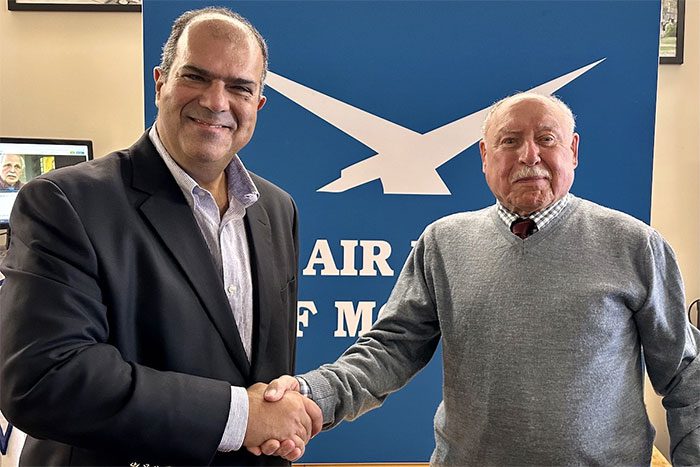Aviation is a unique transport industry that demands a high level of responsibility, patience, and absolute precision. In aviation, even a small mistake can lead to unforeseen consequences.
Nearly four decades ago, a miscalculation caused a Canadian aircraft to run out of fuel mid-air, requiring an emergency landing on a runway. Miraculously, no one was seriously injured, and the aircraft was able to serve the airline for another 25 years.
What really happened?
The Rare Incident on Flight 143
On July 23, 1983, Air Canada Flight 143 took off from Montreal to Edmonton, carrying 61 passengers and 8 crew members. The flight proceeded smoothly with both the captain and co-pilot being professional pilots, and the captain had 26 years of flying experience.

The Boeing 767 was the modern aircraft that Air Canada had recently acquired at the time. (Photo: Robert Pearson/CBC).
As the Boeing 767 flew at an altitude of 12,500 meters, the crew suddenly received unusual signals. An alarm indicated that the left engine was running low on fuel. The pilots assumed it was a malfunction and temporarily silenced the alarm.
However, just seconds later, a low fuel pressure alarm for the right engine also sounded. The crew realized the plane was indeed running out of fuel. They immediately changed course, aiming for an emergency landing in Winnipeg, nearly 200 kilometers away.
As the aircraft began to descend, the left engine unexpectedly failed. Shortly after, the right engine exploded as well. The airplane was suspended in mid-air with no operational engines.

For the first time, a passenger aircraft without engines had to glide down to a runway. (Illustration: Mayday).
The Boeing 767’s electronic flight systems relied on engine power. When the engines stopped, the entire aircraft lost power, leaving only a few minimal battery-operated emergency instruments. The cabin plunged into darkness, causing panic among the passengers. The two Air Canada pilots had never been trained for this situation.
The pilot duo performed an unprecedented maneuver in aviation history – gliding the passenger aircraft for 100 kilometers to land on a runway. Their destination was the abandoned Gimli Air Force Base (Winnipeg), which had become a racetrack and camping site.
The miracle was that Captain Robert Pearson had over 10 years of experience flying seaplanes, and Co-pilot Maurice Quintal had also been trained to fly seaplanes at Gimli while serving in the Canadian Air Force. The landing technique they were using with the Boeing 767 was similar to that of a seaplane.

The pilots were unaware that Gimli Air Force Base had become a racetrack and a camping site for the public. (Photo: Monacolife).
The aircraft glided down towards Gimli, where many people were enjoying their time. The captain applied the brakes forcefully, causing the entire weight of the aircraft to shift forward, with the nose sparking. The Boeing 767 came to a stop just 30 meters from the spectators nearby.
No fatalities were reported. All passengers, crew members, and individuals on the ground were safe. Only 10 passengers sustained minor injuries during the evacuation via inflatable slides.
Why Did the Airplane Run Out of Fuel?
The investigation by the Transportation Safety Board of Canada revealed that the cause of the incident lay in the refueling process.
At the time of the incident, the Canadian aviation industry was transitioning to a metric data system. The Boeing 767 was the first aircraft calibrated for metric units (liters and kilograms) instead of the imperial units (gallons and pounds) used by previous aircraft.
The previous refueling tasks were conducted by an aircraft engineer, but with the Boeing 767, Air Canada streamlined its crew to just a captain and co-pilot, without an engineer, forcing the pilots to handle this task themselves.

Captain Robert Pearson (right) recounts the incident 40 years later. (Photo: Monacolife).
Instead of preparing 20,088 liters of fuel for the aircraft, the ground crew miscalculated and only prepared 4,917 liters. The total fuel onboard was 10,100 kg instead of the required 22,300 kg, which was only half the amount needed to reach Edmonton.
Captain Pearson also misinterpreted the measurement units and did not recognize this serious error, leading to the flight proceeding with only half a tank of fuel.
The oversight resulted in Captain Pearson being demoted for six months, Co-pilot Quintal suspended for two weeks, and three ground technicians also facing suspension. However, two years later, both the captain and co-pilot received commendations for their outstanding efforts in saving the flight and preventing any fatalities in the rare incident of Flight 143.




















































